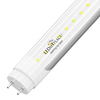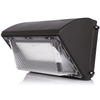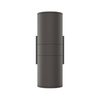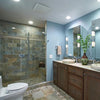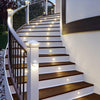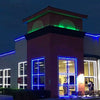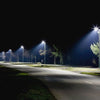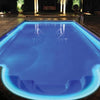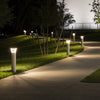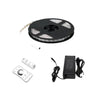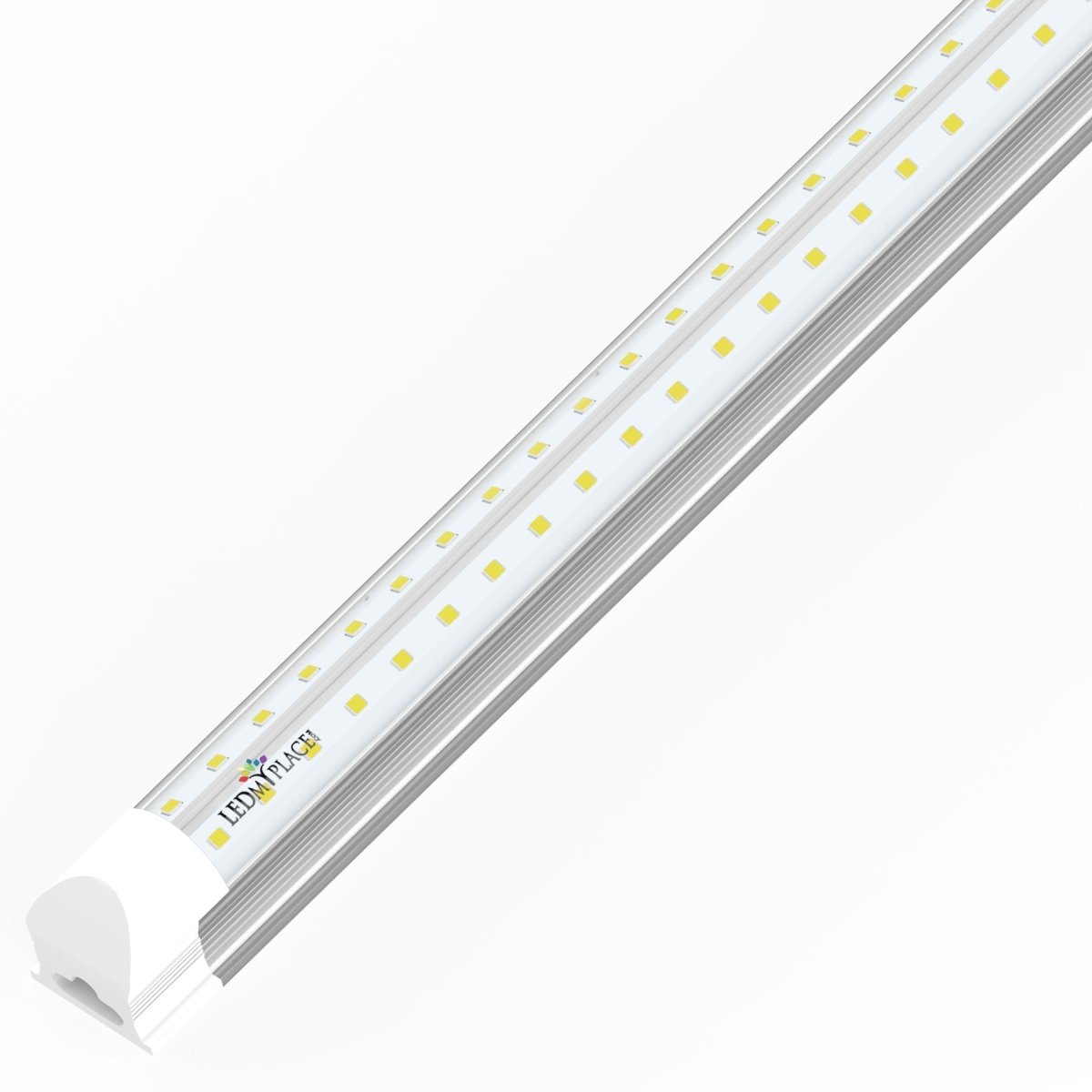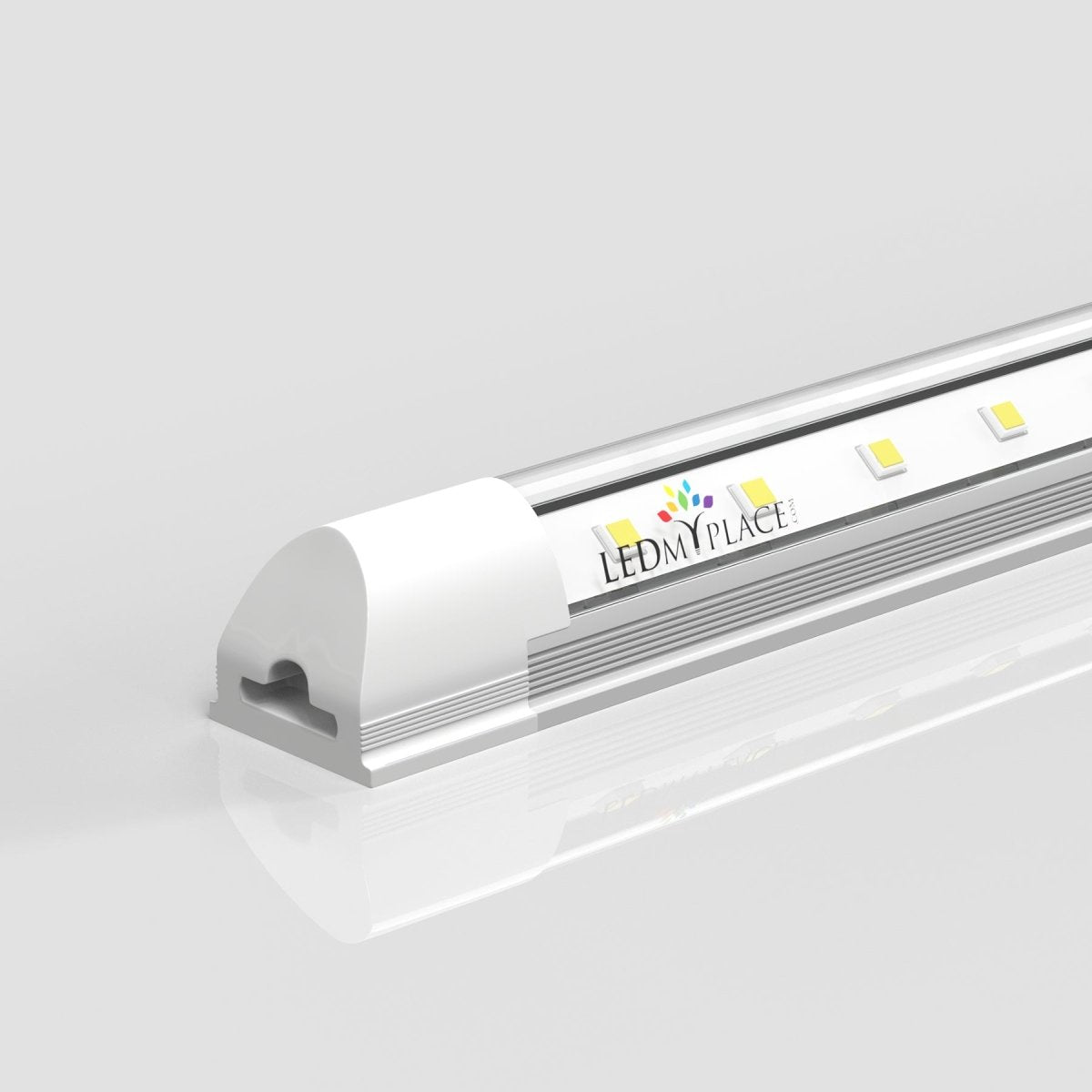Introduction
When it comes to illuminating your 2-car garage with energy-efficient and bright lighting, LED lights are the perfect choice. LED garage lights not only provide excellent visibility but also save you money on energy bills. However, determining how many LED lights you need for your 2-car garage can be a bit perplexing. In this guide, we will explore the factors you need to consider and provide a step-by-step approach to help you make an informed decision.
1. Assessing Garage Size and Layout
The first step is to assess the size and layout of your garage. Measure the area in square feet to understand the total space you want to illuminate. Additionally, consider any obstacles, storage areas, or workbenches that may affect the lighting requirements.
2. Understanding Lumens and Wattage
LED lights are measured in lumens, which represent the brightness output. For a standard 2-car garage, you will need approximately 50 lumens per square foot for general lighting. Moreover, check the wattage of each LED bulb to estimate the energy consumption.
3. Calculating Total Lumens Needed
To calculate the total lumens needed, multiply the square footage of your garage by the required lumens per square foot. For example, if your garage is 500 square feet, you will need 25,000 lumens (500 sq. ft. x 50 lumens/sq. ft.).
4. Selecting LED Fixture Type
Next, choose the LED fixture type. LED garage lights come in various forms, such as LED shop lights, LED wraparound lights, or LED flush-mount fixtures. Consider factors like ceiling height and lighting distribution to pick the most suitable option.
5. Spacing and Placement
Proper spacing and placement of LED lights are crucial to ensure even illumination throughout the garage. For uniform lighting, install fixtures at equal intervals, focusing on high-activity areas and workstations.
6. Utilizing Additional Lighting Solutions
Incorporate task lighting and motion-sensing lights to enhance functionality and energy efficiency. Task lights are ideal for specific work areas, while motion-sensing lights offer convenience and save power by turning off when no movement is detected.
7. Exploring Smart LED Lighting Options
Smart LED lighting systems enable you to control brightness, color temperature, and even set schedules through your smartphone or voice-controlled devices. These advanced features provide flexibility and convenience.
8. Importance of Color Rendering Index (CRI)
Pay attention to the Color Rendering Index (CRI) of the LED lights. A higher CRI ensures that the colors appear more natural, which is particularly important when using the garage as a workspace or for hobby-related tasks.
9. Upgrading to Energy Efficiency
LED lights are renowned for their energy efficiency, significantly reducing electricity bills compared to traditional lighting options. Opting for LED garage lights is a smart and eco-friendly choice.
10. Longevity and Maintenance
LED lights have an impressive lifespan, lasting up to 50,000 hours or more. This means fewer replacements and reduced maintenance, making them a cost-effective lighting solution.

11. Considering the Temperature Conditions
Ensure that the selected LED lights can withstand the temperature conditions in your garage. Extreme cold or heat might affect the performance of certain bulbs.
12. Weatherproofing for Outdoor Garages
If your garage is partially outdoors, select LED lights with weatherproof features to withstand rain and other environmental factors.
13. The Impact of Light Color
The color temperature of LED lights can impact the ambiance of your garage. Cool white light (4000K-5000K) is ideal for general tasks, while warm white (2700K-3000K) provides a more relaxing atmosphere.
14. Seeking Professional Advice
If you find it challenging to determine the ideal LED lighting setup, consider seeking advice from a professional electrician or lighting specialist.
15. Conclusion
In conclusion, LED lights are the perfect choice for illuminating your 2-car garage efficiently and cost-effectively. By calculating the lumens needed, choosing the right fixture, and paying attention to other factors like CRI and color temperature, you can create a well-lit and comfortable workspace in your garage. Embrace the energy-efficient benefits and enjoy the longevity of LED lighting.
FAQs (Frequently Asked Questions)
-
Q: Can I install LED lights in my existing garage fixtures?
A: Yes, most LED lights are designed to retrofit into existing fixtures, making installation easy.
-
Q: Are LED lights dimmable?
A: Yes, many LED lights are dimmable, but it is essential to check the product specifications.
-
Q: Do LED lights attract bugs like traditional bulbs?
A: No, LED lights produce less heat, reducing the attraction of bugs.
-
Q: Can I use LED lights for both indoor and outdoor garages?
A: Yes, LED lights come in various versions suitable for both indoor and outdoor applications.
-
Q: What is the typical payback period for LED garage lights?
A: The payback period for LED lights is usually around 1 to 3 years, thanks to their energy-saving benefits.







